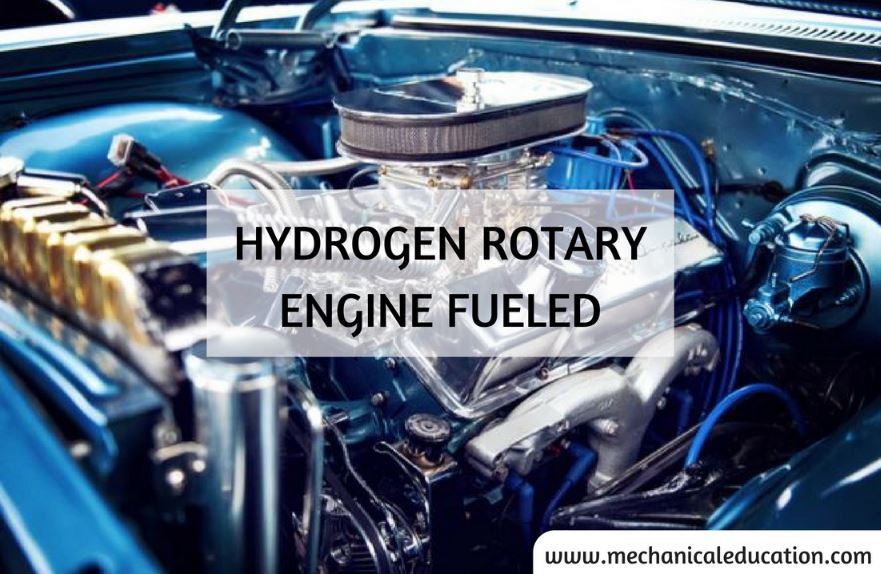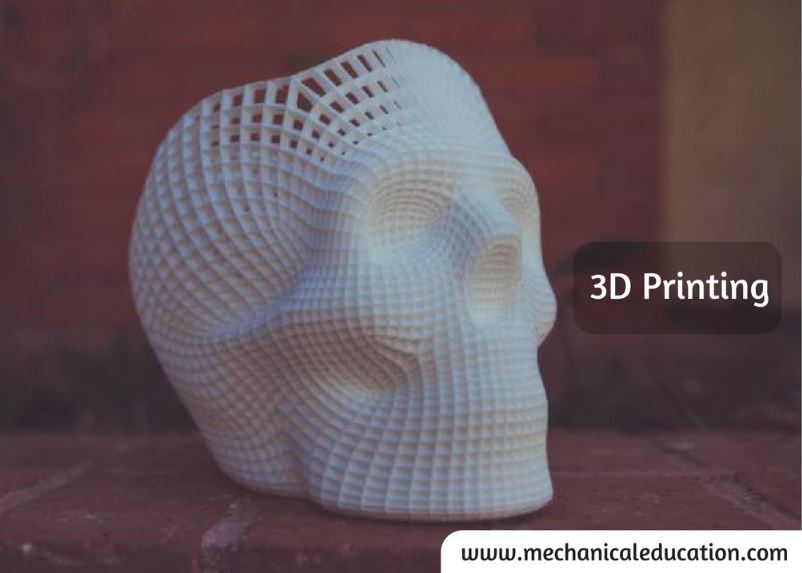Car Paint: Types of Automotive Paints, Step-by-Step Painting Process Explained in Detail
Car paint not only enhances the aesthetic appeal of the vehicle but also protects it from various external elements. In this article, we will discuss the different types of automotive paints and the step-by-step painting process in detail.
Types of Automotive Paints:
Enamel Paint:
- Enamel paint is a popular choice for car painting as it offers a glossy finish and is long-lasting. It is easy to apply and is resistant to chipping, fading, and cracking. However, it is not very resistant to chemical spills.
Acrylic Paint:
- Acrylic paint is known for its durability and is resistant to fading and chipping. It is easy to apply and dries quickly. Moreover, it is also resistant to chemical spills and offers a glossy finish.
Urethane Paint:
- Urethane paint is a more advanced paint than enamel and acrylic. It is long-lasting, easy to apply, and offers a high-gloss finish. Additionally, it is also resistant to fading, chipping, and chemical spills.
Metallic Paint:
- Metallic paint contains metal flakes that reflect light, creating a shimmering effect. It offers a unique finish and is available in a wide range of colors. However, it is difficult to repair in case of damage and is expensive.
Step-by-Step Painting Process:
Prepare the surface:
- The first step is to prepare the surface of the car. This involves removing any rust, dirt, or old paint from the surface of the car. Sandpaper is used to smooth out any rough spots on the surface.
Apply Primer:
- The second step is to apply primer to the surface of the car. Primer helps the paint to adhere to the surface and also fills in any imperfections on the surface of the car.
Sanding:
- After the primer has dried, the surface of the car is sanded again to create a smooth and even surface. This step helps to remove any imperfections on the surface of the car.
Apply Basecoat:
- The next step is to apply the basecoat. The basecoat is the main color of the car and is applied in several thin layers to create an even and smooth finish.
Apply Clearcoat:
- After the basecoat has dried, a clear coat is applied to protect the paint and give it a glossy finish. The clear coat is applied in several thin layers to create an even finish.
Buffing and Polishing:
- Once the clear coat has dried, the car is buffed and polished to remove any imperfections and create a smooth and glossy finish.
In conclusion, choosing the right type of automotive paint is crucial for the overall appearance and protection of the car. The painting process requires attention to detail and should be carried out by professionals to ensure the best possible results.
Frequently Asked Questions
1.How long does it take for automotive paint to dry?
Drying times vary, but typically, basecoats may take 30 minutes to an hour, while clearcoats can take 24 hours or more.
2.Can I paint my car without primer?
Primer is crucial for paint adhesion and a smooth finish. Skipping it may result in peeling or uneven paint.
3.Can I mix different brands of automotive paint?
It’s not recommended. Stick to one brand to ensure compatibility and a consistent finish.
4.How do I remove overspray from automotive paint?
Use a mild polishing compound and a soft cloth to gently remove overspray.
5.Can I apply automotive paint with a brush instead of a spray gun?
While possible, spray guns provide a more even coat. Brush marks may be visible with brush application.
6.What is the ideal temperature for painting a car?
It’s recommended to paint in a controlled environment with temperatures between 60-80°F (15-27°C).
7.Can I wax my car immediately after painting?
Wait at least 30 days before waxing to allow the paint to fully cure.
8.How can I prevent orange peel in my paint job?
Apply paint in thin, even coats and maintain the recommended distance between the spray gun and the surface.
9.What causes paint to peel on a car?
Peeling can result from poor surface preparation, inadequate primer, or applying paint in unfavorable conditions.
10.Can I paint my car outdoors?
While possible, it’s best to paint in a controlled environment to avoid contaminants and ensure optimal drying conditions.




